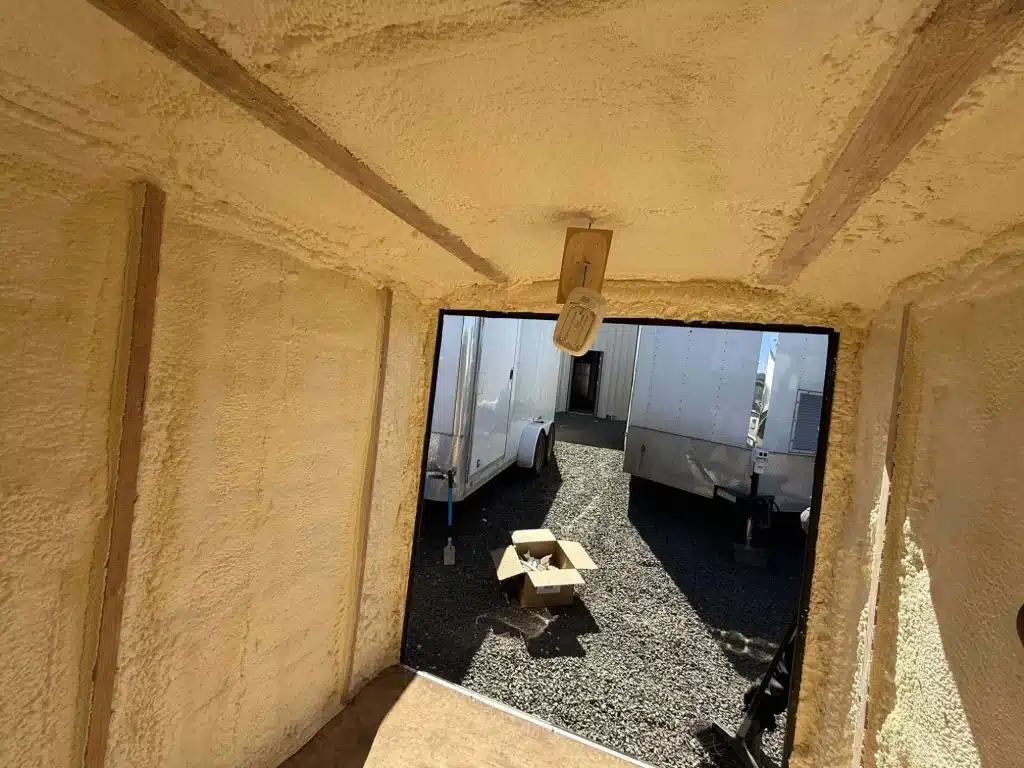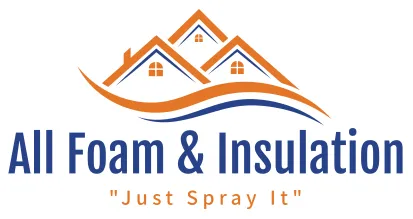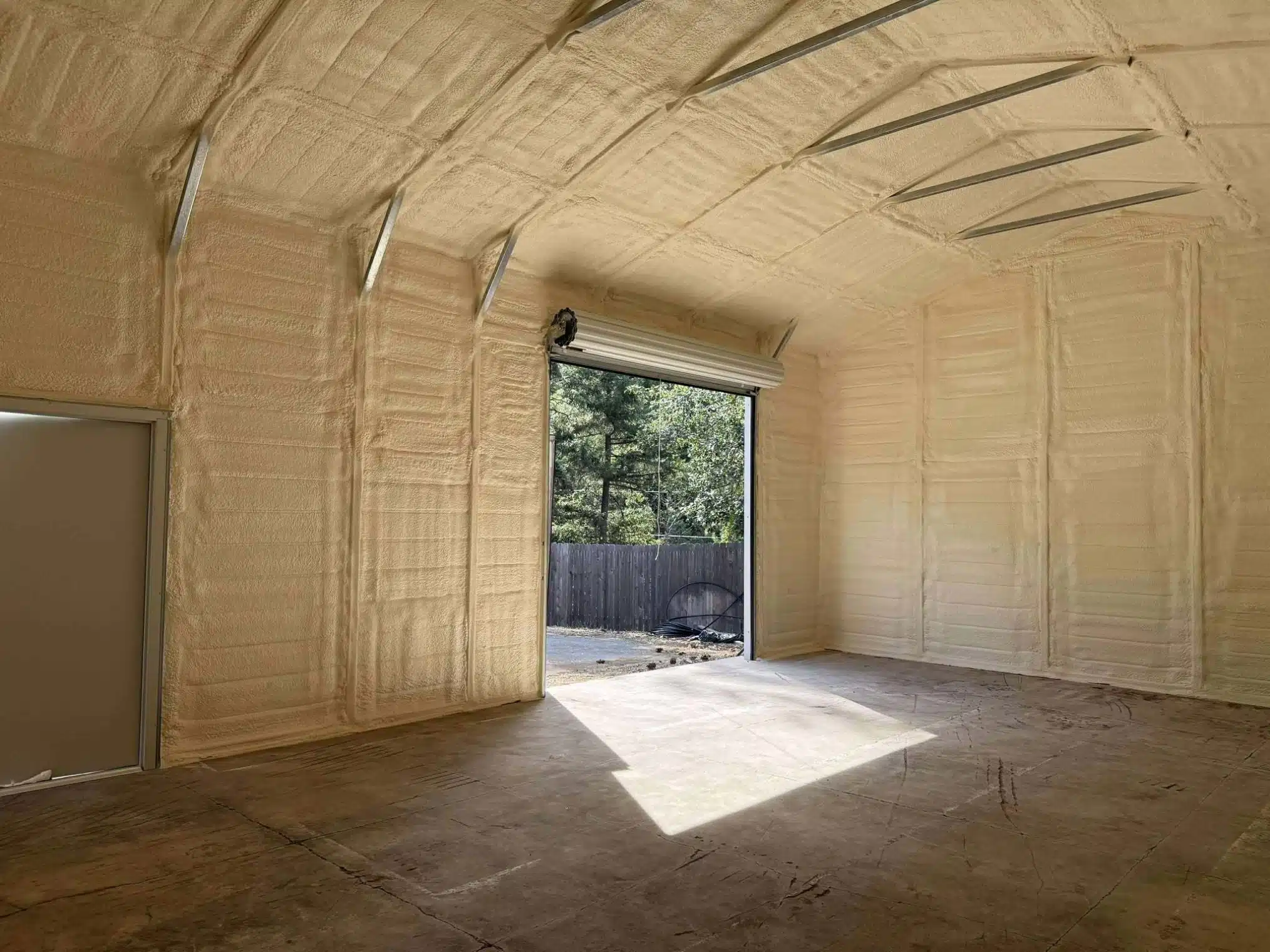Spray foam insulation stands out as a premium choice because it delivers top-tier thermal resistance, airtight sealing, and long-term durability that other materials struggle to match. Applied as a liquid that expands to fill gaps, it creates a continuous barrier against heat, cold, air leaks, and moisture. This performance leads to lower energy bills and better comfort in homes and buildings. Data from the U.S. Department of Energy shows spray foam can achieve R-values up to 7 per inch, far surpassing traditional options like fiberglass batts at around 3.1 per inch.
This article breaks down the reasons behind its high-performance status, from material science to real-world results. Readers will gain clear insights into why professionals view it as a step above standard insulation. All Foam & Insulation, LLC has applied this material across hundreds of projects, offering a grounded perspective on its benefits drawn from hands-on work in diverse settings.
Key Properties That Set Spray Foam Apart
Spray foam insulation comes in open-cell and closed-cell varieties, each with traits that boost its premium ranking. Open-cell foam feels softer and absorbs sound well, while closed-cell offers denser protection against water. Both types expand on contact, sealing cracks that let air escape in standard setups.
Thermal performance drives much of the appeal. The R-value measures how well a material blocks heat flow; higher numbers mean better insulation. Closed-cell spray foam hits R-6 to R-7 per inch, allowing thinner layers for the same effect as thicker fiberglass or cellulose. This efficiency saves space in walls or attics.
Air sealing adds another layer of value. Unlike loose-fill or batt insulation, spray foam bonds to surfaces and prevents drafts. The U.S. Department of Energy reports that air leaks account for 25-40% of a home’s heating and cooling loss. Spray foam cuts those losses by creating a uniform seal.
Moisture resistance further elevates its status. Closed-cell foam repels water, reducing mold risk in humid areas. In regions like the Pacific Northwest, where rain and dampness prevail, this property prevents rot in wood frames. Open-cell foam handles minor moisture but drains better in some cases.
Beyond these environmental protections, durability plays a big role too. Once cured, spray foam lasts the building’s life without settling or sagging, unlike blown-in materials that compact over time. This reliability justifies the higher upfront cost for owners seeking low-maintenance solutions.
Comparison of Insulation Types
To see why spray foam leads, consider this table comparing common options based on key metrics. Data draws from industry standards and lab tests.
| Insulation Type | R-Value per Inch | Air Sealing Ability | Moisture Resistance | Typical Cost per Sq Ft (Installed) | Lifespan |
|---|---|---|---|---|---|
| Fiberglass Batts | 2.9-3.8 | Poor (gaps common) | Low | $0.50-$1.50 | 20-30 years |
| Cellulose Loose-Fill | 3.2-3.8 | Fair (settles) | Moderate | $1.00-$2.00 | 20-30 years |
| Open-Cell Spray Foam | 3.5-4.0 | Excellent | Moderate | $1.50-$3.00 | 50+ years |
| Closed-Cell Spray Foam | 6.0-7.0 | Excellent | High | $2.50-$4.00 | 50+ years |
This breakdown highlights spray foam’s edge in performance areas, though costs reflect the investment.
Performance in Real-World Applications
In practice, spray foam shines by cutting energy use. Homeowners in cold climates report 20-30% reductions in heating costs after installation. A study by Oak Ridge National Laboratory tested homes with spray foam retrofits and found average annual savings of $300-$500 on utility bills, depending on home size and location.
In addition to energy efficiency, sound control emerges as an unexpected plus. Open-cell foam dampens noise from outside or between rooms, ideal for urban settings or busy households. Installers often pair it with walls near streets for quieter interiors without extra materials.
Fire resistance rounds out the profile. Closed-cell foam includes chemicals that slow flame spread, earning it a spot in codes for attics and crawl spaces. This safety factor appeals in wildfire-prone areas like parts of Oregon.
Market trends back the premium label. The global spray foam insulation market grew from $2.5 billion in 2020 to an estimated $4.1 billion by 2027, per a report from Grand View Research. Demand rises due to stricter energy codes and push for green building.
In wet climates such as the Willamette Valley, spray foam handles seasonal moisture swings better than permeable options. It prevents condensation buildup in walls, a common issue during rainy winters that leads to structural damage.
Bonus Tip: Check for proper ventilation before insulating. In humid spots, pair spray foam with vapor barriers to avoid trapped moisture, a lesson from jobs where early oversight caused minor issues.

Things to Consider Before Making a Decision
Cost heads the list of factors. Spray foam runs 2-3 times more than fiberglass, but payback comes through energy savings in 5-10 years. Calculate based on local utility rates and home size.
Beyond the initial expense, installation demands skill. Professionals use specialized equipment to apply it evenly; DIY kits often fall short on coverage. Look for certified applicators to ensure code compliance and warranty coverage.
Environmental impact matters. Production emits gases, but closed-cell foam uses blowing agents with lower global warming potential than older types. Recycle potential remains limited compared to fiberglass.
Health and safety come next. Fresh spray foam off-gases VOCs, so occupants should stay out during curing, typically 24-48 hours. Choose low-emission products certified by Greenguard.
Building type influences suitability. It excels in new construction for seamless application but works in retrofits too, especially for irregular spaces like around electrical boxes.
Bonus Tip: Inspect existing insulation first. Removing old layers before spraying adds expense but prevents compression that cuts R-value, based on common retrofit challenges.
Common Questions
What’s the Difference Between Open-Cell and Closed-Cell Spray Foam?
Many wonder about the difference between open and closed cell. Open-cell suits soundproofing and budget needs, while closed-cell prioritizes structure and water protection. Choice depends on the space’s demands, like basements versus attics.
Is Spray Foam Insulation Suitable for Older Homes?
Others ask if spray foam works in older homes. Yes, it adapts well to settling structures, filling voids that batts miss. Just ensure the setup allows for expansion without pressure on framing.
Bonus Tip: Test for air leaks with a blower door before applying. This pinpoints problem areas, ensuring the foam targets high-impact zones for maximum gain.
Key Takeaways on Spray Foam Insulation
Spray foam earns its premium spot through unmatched sealing, high R-values, and resilience against environmental stresses. It delivers tangible savings and comfort gains that justify the investment in many cases. Evaluate based on climate, budget, and home layout to see if it fits specific needs and long-term plans.
See how the company is implementing advanced spray foam techniques to improve thermal performance and energy savings in residential properties. Click here to read more.
Ready to Explore Insulation Options
For detailed advice on spray foam suited to a property, reach out to All Foam & Insulation, LLC at [email protected] or call (541) 826-9600. Discussions help clarify fit without commitment, drawing on local project knowledge to address unique concerns. This step informs choices grounded in practical details.
Questions Homeowners Often Ask About Spray Foam Insulation
Does spray foam increase home value?
It can boost resale by 5-10% in energy-conscious markets. Buyers seek efficient homes, and documentation of the upgrade provides proof. Appraisers factor in lower operating costs.
How long does installation take?
A typical attic job wraps in one day for 1,000 square feet. Whole-home projects span 2-5 days, depending on access and prep work like masking surfaces.
Is it safe for allergies?
Cured foam poses low risk, but select HFO-blown types with minimal off-gassing. Avoid application during sensitive periods and ventilate well post-job.
Can it go over existing insulation?
Often yes, especially open-cell over batts for added sealing. Closed-cell requires more caution to avoid over-insulation in roofs, which traps heat.
What about warranties?
Most manufacturers offer 25-30 year coverage against defects. Applicator guarantees add protection for performance, typically 10 years.
Sources
- U.S. Department of Energy – Government resource detailing insulation types, R-values, and energy loss from air leaks, supporting performance claims.
- Oak Ridge National Laboratory – Research study on energy savings from spray foam retrofits in residential buildings, providing real-world data.
- Grand View Research – Market analysis report on spray foam industry growth and trends, validating demand and economic factors.


